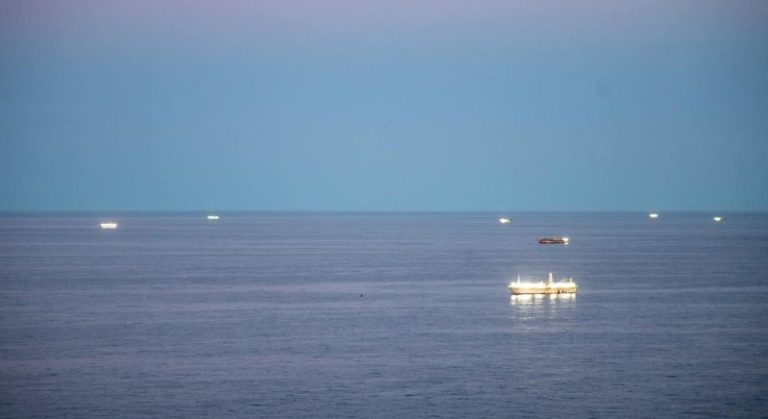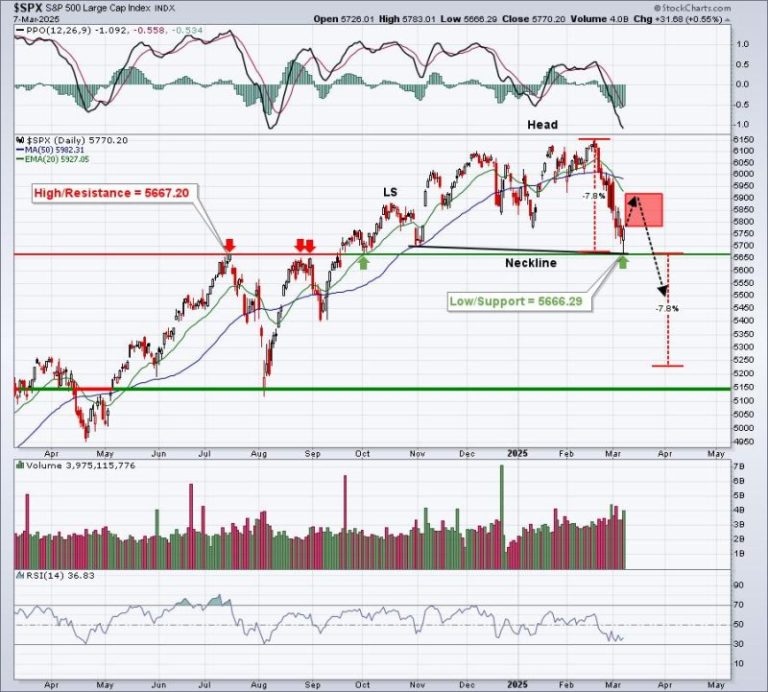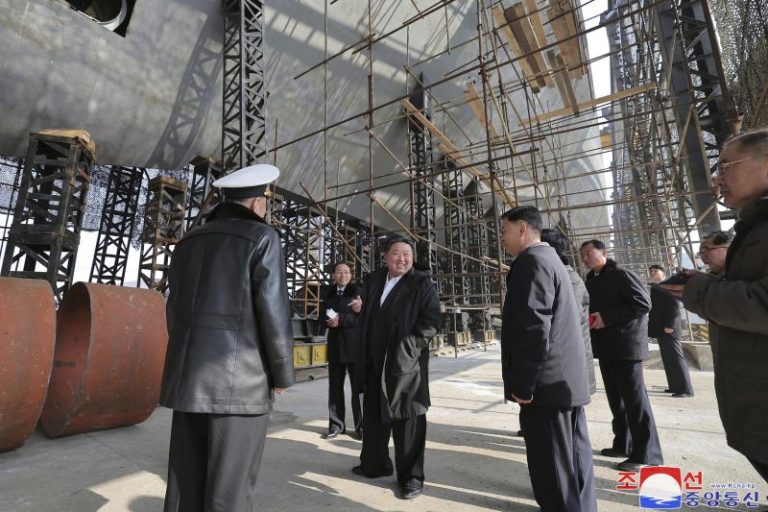Eclipse Metals Ltd (ASX: EPM) (Eclipse Metals or the Company) is pleased to announce the execution of a binding option and earn-in agreement with Boss Energy Limited (ASX: BOE) (Boss). Through the agreement, Eclipse and its wholly owned subsidiary North Minerals Pty Ltd have granted Boss Energy the option to earn up to an 80% interest the Liverpool Uranium Project, located in the highly prospective Alligator Rivers Uranium Field of West Arnhem Land, Northern Territory (the Project).This strategic alliance seeks to unlock the significant potential of the Project through a structured investment and exploration program.
Highlights
- Eclipse Metals and Boss Energy enter into a binding option and earn-in agreement to advance exploration at the Liverpool Uranium Project (the Project)
- Boss Energy is committing $250,000 to exploration during the 12-month option period
- Following the exercise of the option:
- Boss Energy has the right to earn up to an 80% interest in the Project by providing up to $8 million in exploration funding – divided into two stages – over a 7-year period; and
- As part of the staged earn-in, Boss Energy must spend a minimum of $ 1.5 million on exploration before it is able to withdraw from the agreement.
- Upon earning an initial 49% interest in the Project, Boss Energy will have the option to earn up to an 80% interest in the Project.
- Boss Energy and Eclipse Metals will form an unincorporated joint venture (JV) to explore and develop the Project
- Upon successful earn-in, Boss Energy will have the option to purchase an additional 10% interest from Eclipse, bringing its total interest in the Project to 90%, for $50 million.
A summary of the material terms and conditions of the binding option and earn-in agreement is set out in Annexure A.
Commenting on the Company’s strategic alliance with Boss Energy, Eclipse Metals Executive Chairman Carl Popal said:
“Partnering with Boss Energy is a key milestone for Eclipse Metals and the advancement of the Liverpool Uranium Project.
“Boss Energy as a uranium producer will accelerate our exploration efforts, bringing us closer to unlocking the full potential of this highly prospective region.
“This strategic alliance allows Eclipse to enhance shareholder value in this long-held asset while sharpening our focus on critical mineral opportunities. Our key projects in Greenland, with their rich rare earth and industrial mineral potential, and other Australian assets remain central to our mission of contributing to the global critical minerals supply chain.”
ABOUT THE LIVERPOOL URANIUM PROJECT
The Liverpool Uranium Project comprises five exploration licences – EL27584, ELA31065, ELA31770, ELA31771, and ELA31772 – covering 1,229 square kilometers. Notably, the Devil’s Elbow prospect within EL27584 has yielded high-grade surface uranium assays, including results up to 5.8% U₃O₈, as well as significant gold and palladium mineralisation (EPM announcement 20 April 2020).
The Company’s previous exploration programs focused on the area around the Devil’s Elbow, Terrace and Ferricrete uranium prospects, concentrating on high-priority areas defined by historical geochemical and radiometric anomalies within EL27584 and relatively unexplored ground south of the Ranger Fault.
The Devil’s Elbow prospects show strong similarities to the Jabiluka uranium and gold mine, which was discovered in 1971. Jabiluka is located 20km to the north of the Ranger Uranium Mine and about 75km west of the Devil’s Elbow. At Jabiluka, uranium and gold mineralisation occurs in an altered section of the Cahill Formation, near reverse faulting structures that are like those at the Devil’s Elbow prospect.
STRATEGIC SIGNIFICANCE
This strategic alliance combines Eclipse’s deep knowledge of the Project with Boss Energy’s proven expertise in uranium exploration and production. The Alligator Rivers Uranium Field is renowned for its high-grade deposits, positioning both companies to capitalise on the region’s significant potential.
Boss Energy intends to begin exploration activities on the Project during the 12-month option period, which will include mineral prospectivity mapping, target generation and validation of targets.
This strategic alliance underscores Eclipse’s commitment to expanding its diverse portfolio of mineral projects, while aiming to create shareholder value, and contribute to the global supply of critical minerals.
Click here for the full ASX Release










